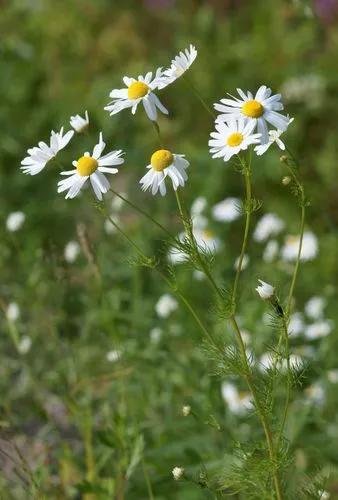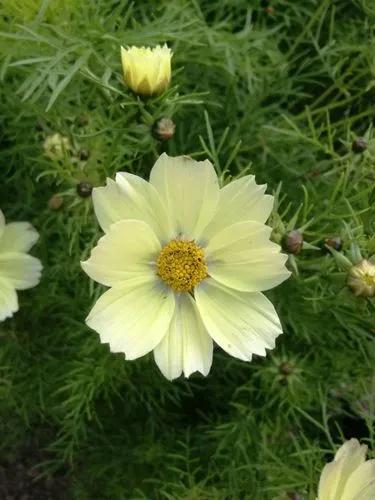Parkinsonia florida grows to heights of 10–12 metres (33–39 ft). It is a rapidly growing large shrub or small tree, and rarely survives to 100 years. Compared to the closely related Parkinsonia microphylla (foothill paloverde), it appears more decumbent in overall form, is taller, and matures more quickly. The plant's trunk, branches, and leaves are gray-green in color, hence the common name. The plant is drought-deciduous, shedding its foliage for most of the year, leafing out after rainfall. Photosynthesis is performed by the gray-green branches and twigs, regardless of absent leaves. The flowers are bright yellow, and pea-like, which cover the tree in late spring. They attract pollinators such as bees, beetles, and flies. They are followed by seed pods which are slightly larger and flatter and have harder shells than the foothill paloverde. These are a food source for small rodents and birds.
Parkinsonia Floridia Care
Parkinsonia Floridia



How to Care for the Plant

Water

None after establishment, Supplemental irrigations greatly increase vigor and canopy density. Usually landscape specimens are larger than trees found in the desert due to landscape irrigation.

Pruning

Moderate to high pruning requirements including raising the crown base height to give a more urban friendly tree form. Sometimes well meaning 'arborists' get carried away and crown raise Parkinsonia excessively. Pruning wounds resulting from this are problematic and can produces adventitious water sprouts that will need to be removed if trees are well watered.

Sunlight

Full sun only.

Soil

Tolerant

Temperature

Hardy to 20oF.

Popularity

143 people already have this plant 10 people have added this plant to their wishlists
Discover more plants with the list below
Popular articles






